Should I use a trackball for gaming?
It might save your wrist.
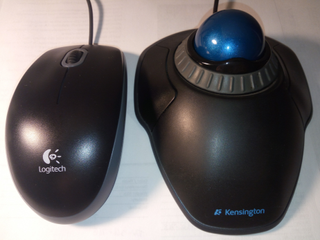
In 1980 the arcade game Missile Command sucked more than a few quarters out of our pockets. The breakout feature of that game was the controller was a large rolling ball that was quite fluid compared to other games of the day.
Fast forward over three decades, and now for gaming there are plenty of options for an input device for your PC. Two of the more popular ones on the desktop platform are the mouse, and the trackball.
The computer mouse dates back to the 1960’s. While originally they were mechanical with a ball to track the motion, most are optical these days, which are easier to move and more reliable. There are also wired and wireless variants, and mice specifically for gaming that have additional buttons to facilitate gameplay.
Trackballs are actually even older than computer mice back to the end of World War II, with their origins in military use for radar tracking in 1946. While computer mice are ubiquitous, trackballs have never achieved their level of popularity. There are plenty of variations of trackballs, that were originally mechanical, but now are optical. Also, wired and wireless trackballs exist. Finally, there are devices with smaller balls designed to be operated by the thumb, or larger trackballs that can be used by all the fingers.
With trackballs being operated by the fingers, and a mouse by the arm and wrist, an argument can be made that the trackball should be more precise. Another advantage of the trackball is that it does not reach the edge of the mousepad and need to be repositioned like a mouse does. Finally, for those that suffer from the wrist pain of carpal tunnel syndrome, a trackball can help to relieve the pain and avoid further injury.
Gamers get fairly passionate about their choice of pointing device, and we visited plenty of forums in researching this piece where there was no shortage of opinions, but little objective data to support either the trackball or the mouse camp.
We decided to run a simple test, using a simple online game available at www.mouseaccuracy.com which gives a set of standard targets for fifteen seconds, and then quantitates the number of clicks and misses. For the mouse we used a Logitech wired, optical mouse, on a mousepad and for the trackball it was a Kensington Orbit trackball with scroll ring.
The biggest gaming news, reviews and hardware deals
Keep up to date with the most important stories and the best deals, as picked by the PC Gamer team.
We ran the test twice with each device, and with a sample size of only one, this is hardly scientifically accurate. However the result was quite clear: for the trackball we had 12 and 13 hits with 2 and 1 misclicks, while the mouse was able to achieve 16 and 17 hits, with 1 and 0 misclicks. The victory went clearly to the mouse both for speed and accuracy!
Theoretics aside, the mouse is simply able to cover more distance in a shorter time, and is more precise. Also, with continued use, the smaller more delicate muscles of the fingers fatigue faster compared to the bulkier wrist and arm muscles that control the mouse.
Therefore, according to our experience, and confirmed with our test, the mouse has the advantage from both the standpoint of speed and accuracy for PC Gaming. While the trackball has its devotees, we’ll keep gaming with our mouse and leave the trackball in the drawer.
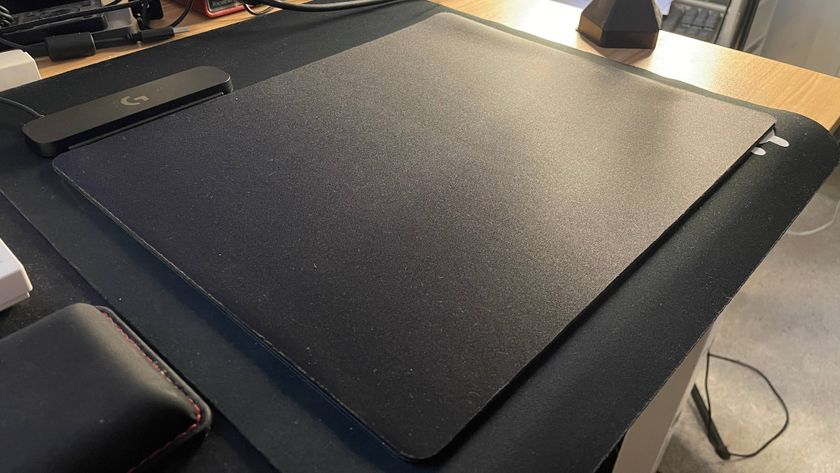
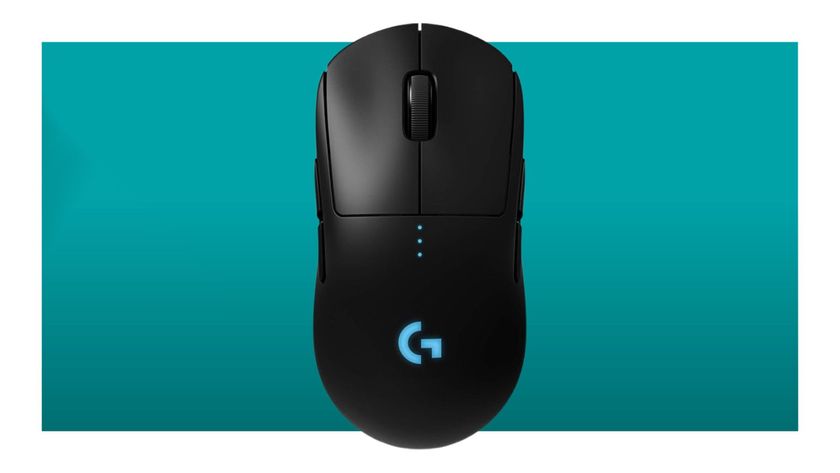
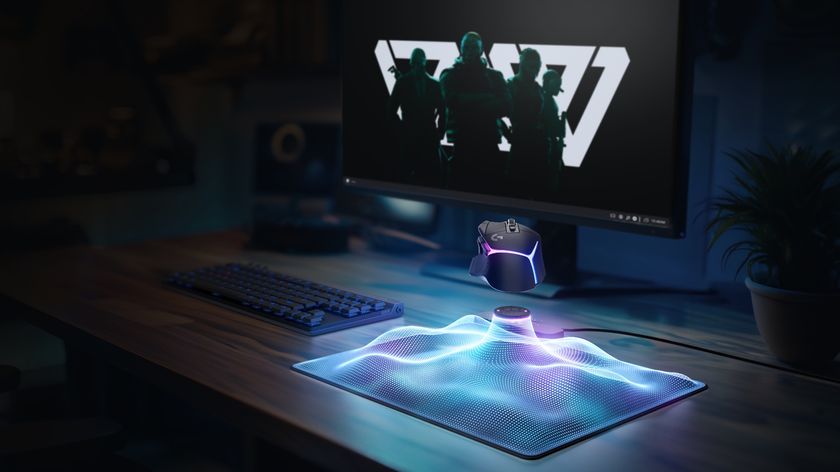
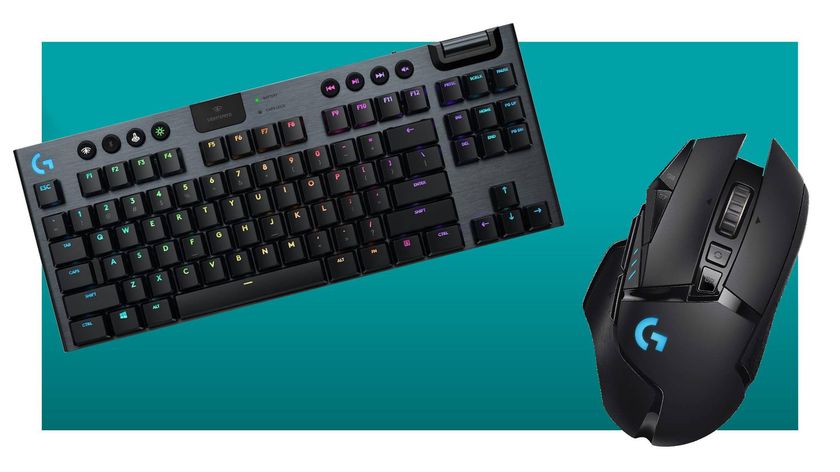
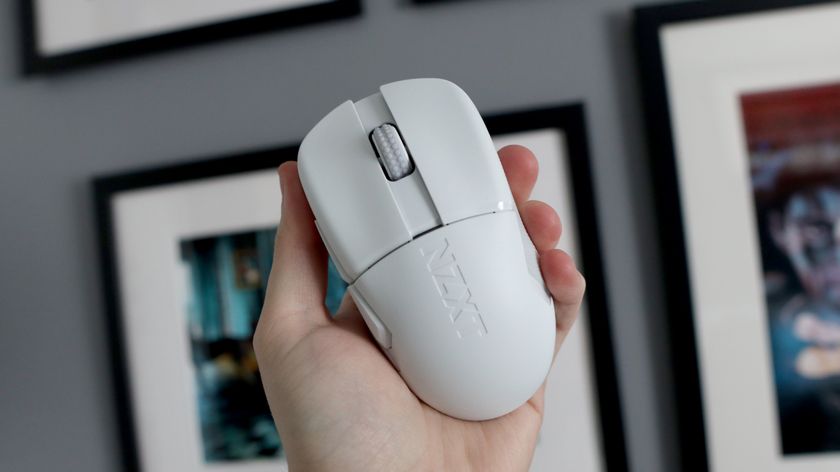
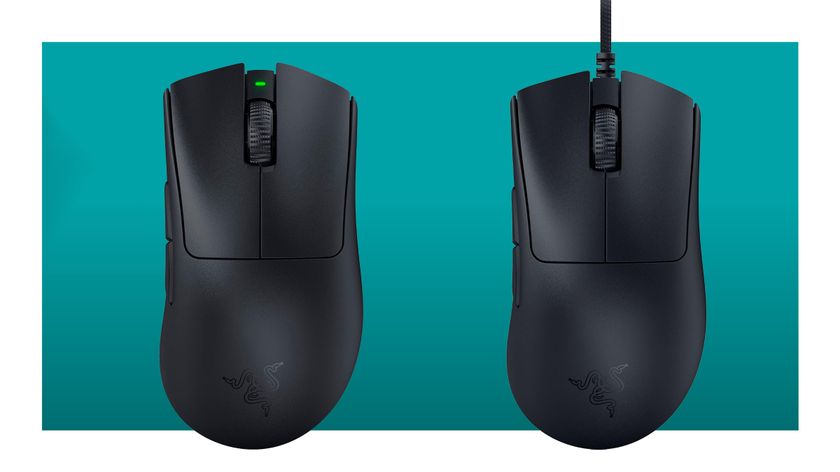


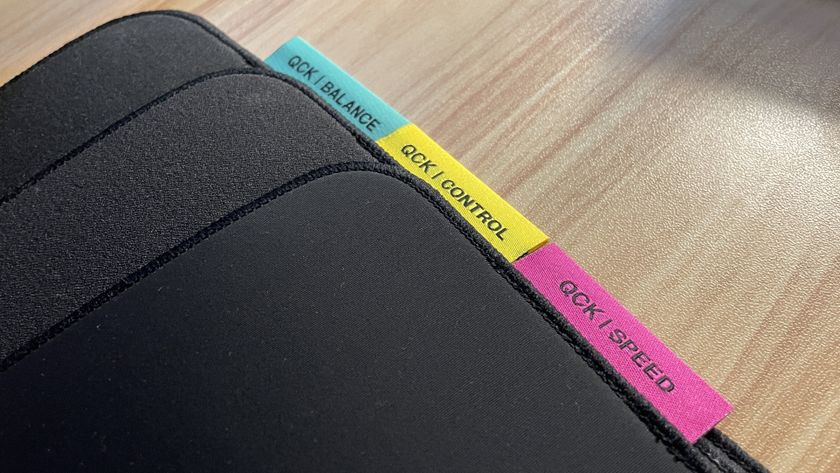
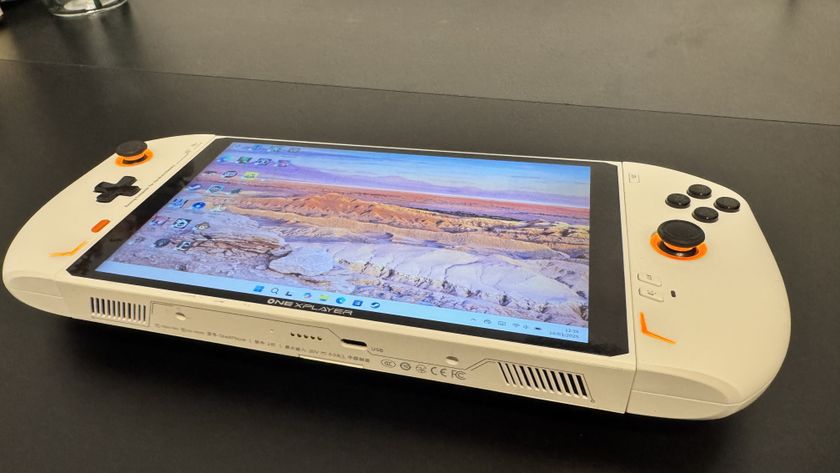



I was wrong, the Logitech G PowerPlay 2 charging mouse pad isn't smaller than the first one, it's just the official dimensions were listed incorrectly since 2021

The Logitech G Pro 2 Lightspeed gaming mouse is good, but as someone that reviewed it, I'd pick its predecessor on offer instead






